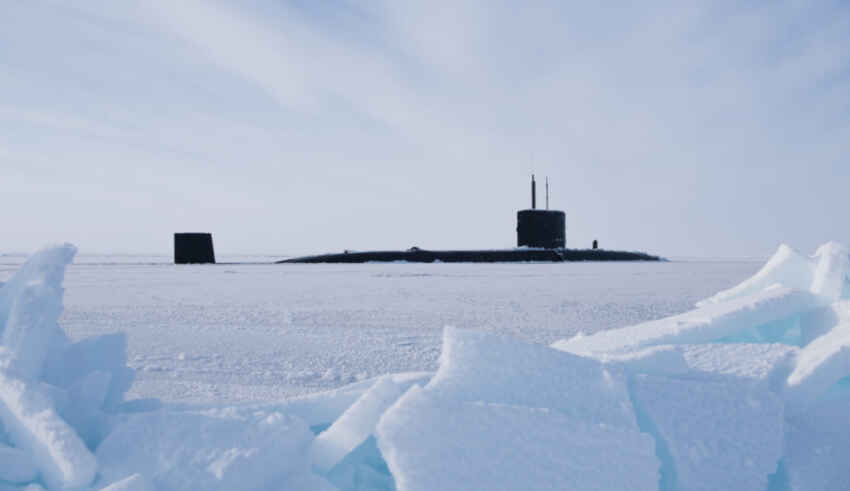
The world we inhabit is constantly changing sometimes through natural causes, for example through a volcanic eruption, and other times through human intervention, such as the draining of a lake to expand arable land. The world we inhabit is constantly changing sometimes through natural causes, for example a volcanic eruption, and other times through human intervention, such as draining a lake to expand arable land. Continuous human intervention, however, can have harmful effects which can even constitute a danger of global scope.
One such risk is the climate change that our planet is going through. According to Mr. Ian Fry (UN Special Rapporteur on the promotion and protection of human rights in the context of climate change) “…climate change is the largest, most pervasive threat to the natural environment and societies the world has ever experienced..”. True to be told, climate change is sweeping the planet with governments around the world agreeing to environmental protection measures to prevent changes to living conditions on the planet.
Colder winters with intense -dangerous- weather phenomena on the one hand and hot summers with extensive drought and increased fires on the other are the main changes that can be perceived by everyone. One of the dangers that is often not easily perceived is the melting of the glaciers and especially the arctic ocean due to the rapid increase in temperature and the greenhouse effect. For the world, despite how close or far from the arctic circle they are, this will mean rising seas to levels that could cover Miami and Venice, changing temperatures as our planet’s natural air conditioning will be lost, and more intense weather conditions.
The change in the morphology of the Arctic Ocean does not only bring environmental challenges in the region, but also raises new geopolitical issues as a consequence of the climate effects. Until recently Arctic was a calm region on the periphery of international interest, yet, due to the sea ice recedes that impacts on a growing global rush for resources, new shipping routes, and any kind of opportunities, it is considered nowadays a strategically important region.
Until recently, issues related to the Arctic Circle were managed by the Arctic Council, which is an international organization where the countries of the Arctic Circle enter into agreements for search and rescue operations, oil pollution and scientific cooperation. The nature of the organization has not changed so far, however the area it is targeting has not only changed but now has more players interested in it. International players, even those without land belonging to the Arctic Circle, such as the United Kingdom, South Korea, Japan and, most importantly China, show that they want to take advantage of the new conditions that climate change brings to the Arctic circle.
The shipping lanes for example that may (possibly) appear in the Arctic will be of considerable importance to countries like China, as they will be able to increase their trade with the West through a New Silk Road by greatly decreasing the route from the South China Sea to European ports. The identification of the region as a strategic location for obtaining metals, oil and gas, including clean energy materials and minerals and wind power on the other hand has dragged the interest of British companies that are active in these sectors.
The country that moves the strings in the region, yet more than any other is Russia. Moscow is convinced that Siberia and the Russian Far East could significantly boost the nation’s economy. This could happen through energy projects, the gradual opening of the Northern Sea Route for faster maritime shipping and possible construction of ports and other infrastructure, which would lead them to also export Arctic oil. Moreover, Russia had consistently increased its military presence in the region, making other countries of the Arctic Council to express their concerns. In the aftermath of the Russian invasion of Ukraine that we are experiencing, the Council suspended its function as a sign of protest against Moscow’s actions. The request of Sweden and Norway to join the NATO alliance may give a new twist to the US presence in the Arctic Ocean region and changing the security dynamics of the area even more.
Therefore, everything shows that climate change in the case of the Arctic cycle may have larger dimensions beyond their direct environmental effects. The receding of the sea ice, if not prevented, will drive the surrounding countries into possibly “uncharted waters”. The International Law of the Sea contains references that could be used to resolve potential tensions between states, a solution which may not be accepted by all. At the same time, access to new oil fields may slow down the development of green forms of energy, increasing carbon dioxide emissions that contribute to the greenhouse effect. The international community has a duty to prevent the systemic disappearance of the Arctic ice, both for the long-term environmental protection of the Earth and to avoid possible new crises in the northern hemisphere.
By The European Institute for International Law and International Relations.















